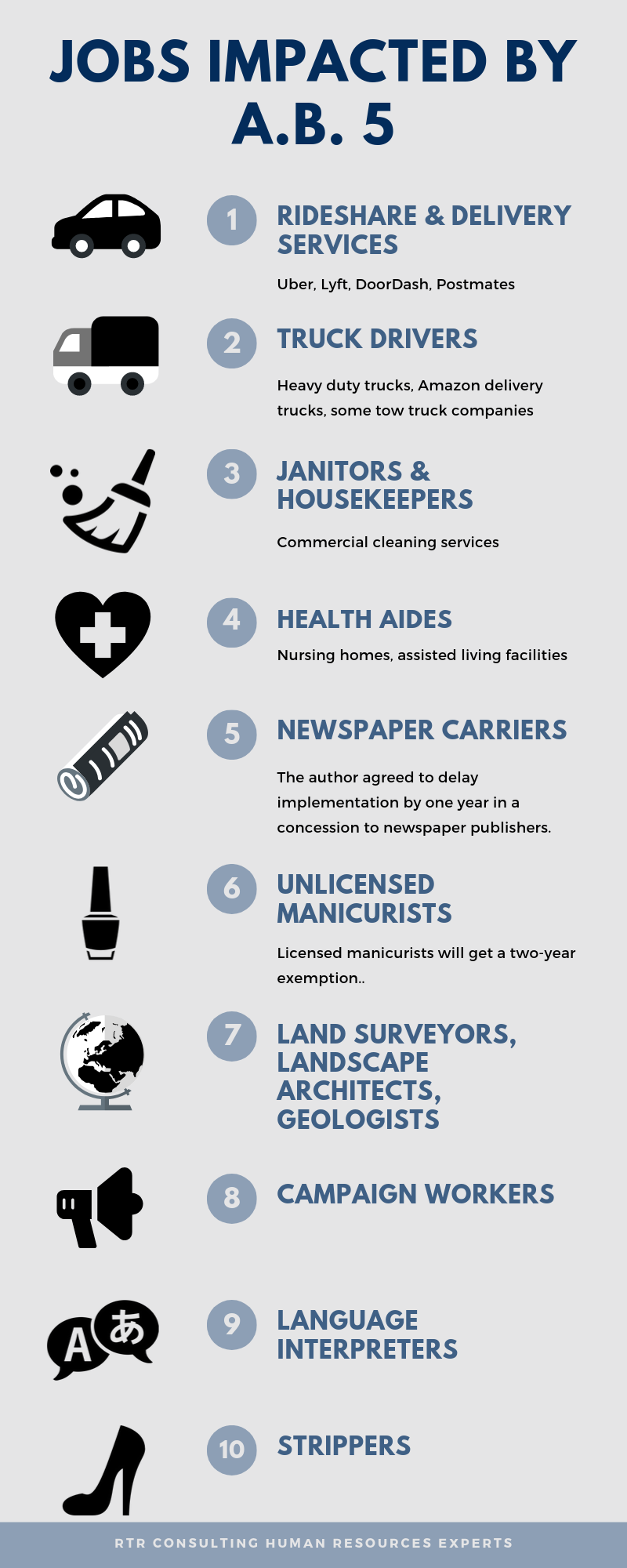
Career development is often an understated perk that many candidates look for when hunting for their next job. Besides a comfortable salary, health benefits, and a decent number of vacation days, prospective employees want the assurance that they’ll not just survive at their next company but actually thrive at it.
As we discussed in our last blog, millennials make up a significant portion of the U.S. workforce. But for many companies, it has become increasingly difficult to retain them. Their reasons for leaving may have to do with them not being a good fit for their employer, a desire for a better benefits package, or a big life change. However, it should also be noted that people may leave an organization because they’re not sure what their career trajectory may look like at a particular company over the next few years.
At RTR Consulting, we believe that working with your employees to create a development plan for their growth benefits both parties – your employee’s vision of their future at your company will become clearer, and you will help cultivate a potential star employee for your business. The following are some ways in which you can develop a career plan for your team members:
- Identify Your Company’s Goals
Evaluate your desires for your company’s overall growth. Are there certain departments that you expect to grow exponentially over time? What skills is your organization lacking? And perhaps most importantly, do you have enough time to pursue career development with your employees? You’ll probably come to find that being proactive about making career development plans will help you prepare for your business’s future needs while reducing the chances of having to seek out new employees to keep your company running.
- Talk to Your Employees
Don’t underestimate the power of simple communication with your employees. Set aside some time to have a frank conversation about how your employee wants to grow at your company and what steps will need to be taken to get there.
It’s important to know what your staff is thinking as far as career growth, but be sure you also give them enough time to really think about where they see themselves in a year, five years, or even ten years from now. Talk about how your employee is performing currently, where there may be areas of growth or improvement, and be prepared to share some ideas as to what tools are available to assist with this, such as special classes, programs, mentorship opportunities, and shadowing coworkers.
- Evaluate Employees’ Skills and Talent
Remember, just because a certain employee may have potential doesn’t mean he or she will fit the exact mold of what you want. Even if your most reliable worker shows the potential to move up the ladder, he or she may not necessarily want to take on a managerial role. A person who proves to be regularly productive may not thrive in a leadership position or a role that requires a lot of public speaking.
On the other hand, you may have employees working in positions that limit their skill sets. Keep an eye out and identify any employees that you suspect would thrive in other departments.
- Define Steps
How will you measure your employees’ progress? If you’re having them take part in classes, conferences, seminars, mentorships, and shadowing opportunities, have your employees show off what they’ve learned during one-on-one sessions with you. You can also have team members that are involved in the employee’s development process provide evaluations.
A critical step in fine-tuning your plan of action will be ensuring that neither your employee nor other involved coworkers fall behind on their work due to training and mentoring.
- Debrief
Make time to meet with your employees to get a better understanding of how their career growth is coming along and to discuss if there are areas in your plan that you need to modify or change. Additionally, you can use this time as an opportunity to start applying the skills they’ve developed at your workplace once you both feel confident and ready.
RTR Consulting has more than 20 years devoted to developing effective and efficient human resources policies, procedures, and best practices for small, start-ups, and medium-sized businesses. Contact us today if you need help keeping your business running smoothly.

 With the holiday party season upon us, many will be dreading much more than simply the prospect of small talk over appetizers with their colleagues. Perhaps one of your otherwise excellent employees had an embarrassing incident at last year’s soiree, or your business’s reputation was comprised some other way.
With the holiday party season upon us, many will be dreading much more than simply the prospect of small talk over appetizers with their colleagues. Perhaps one of your otherwise excellent employees had an embarrassing incident at last year’s soiree, or your business’s reputation was comprised some other way. 2019 has been a year of change for the employment legislation. The influence of the
2019 has been a year of change for the employment legislation. The influence of the 
 On September 18, 2019, Governor Gavin Newsom signed into law Assembly Bill 5, which clarifies when workers should be considered “employees” under the California Labor Code and the California Unemployment Insurance Code, thereby entitling them to the protections afforded by those laws. The bill codifies the standard set out in last year’s California Supreme Court decision,
On September 18, 2019, Governor Gavin Newsom signed into law Assembly Bill 5, which clarifies when workers should be considered “employees” under the California Labor Code and the California Unemployment Insurance Code, thereby entitling them to the protections afforded by those laws. The bill codifies the standard set out in last year’s California Supreme Court decision, 



